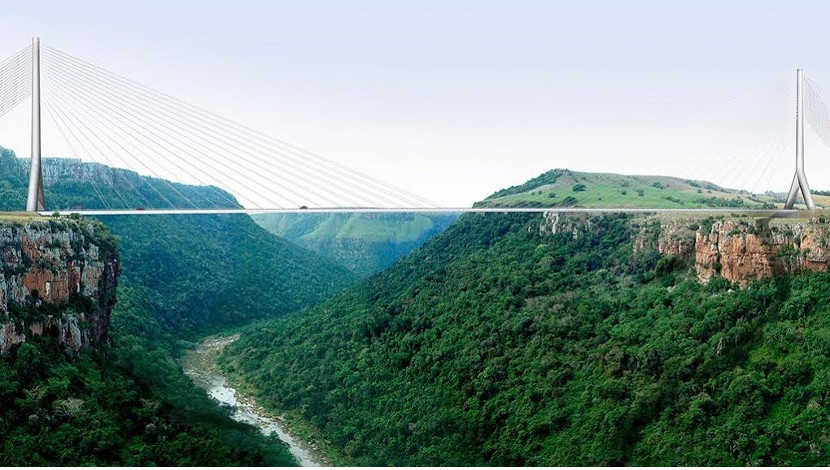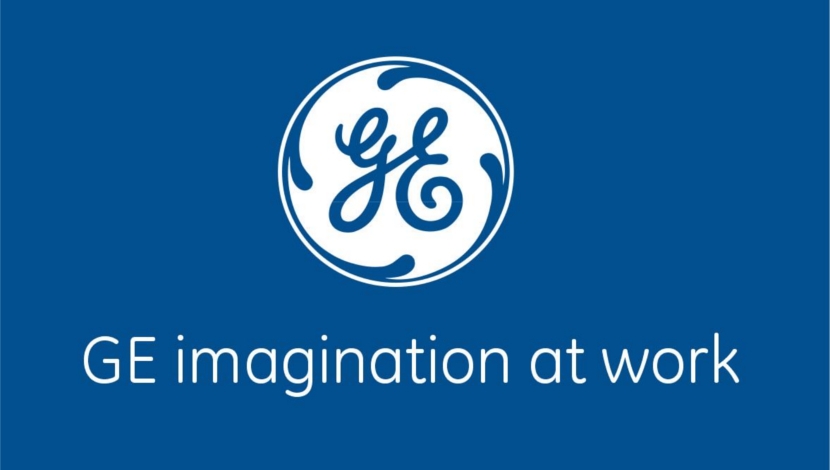

The construction of two megabridges, as part of Sanral’s N2 Wild Coast Toll Road (N2WCTR) project, is expected to begin between August and October 2017, says Sanral’s bridge network manager Edwin Kruger.
“The estimated construction cost of the Msikaba and Mtentu bridges is in the range of R1.5-billion to R1.8-billion each.”
“Local contractors have not built bridges such as the Msikaba and Mtentu structures before,” adds Kruger. “As such, their skills will be supplemented by international contractors with the requisite experience. All the tenders received have large South African contractors, who of their own accord, have created JVs with international contractors.”
The Msikaba and Mtentu bridges form the backbone of the greenfields portion of the N2WCTR. The toll road project is one of government’s 18 Strategic Integrated Projects, which were identified to support economic development and boost service delivery in the country’s poorest provinces.
“The greenfields section of the Wild Coast highway project extends from Port Edward through Port St. Johns. This section is a brand new road and without the bridges we cannot complete the highway,” notes Kruger.
The first phase of the project has already started with the construction of haul roads to the bridge sites, he adds.
The first megabridge will cross the Mtentu river, just outside of Xolobeni, and the second will cross the Msikaba river, near Lusikisiki.
The Mtentu bridge will be one of the longest main span balanced cantilever bridges in the world, says Kruger.
Reaching heights of around 220 m, it will take over the title as the highest bridge in Southern Africa from the Bloukrans Bridge, with its 217 m deck height.
The construction of the 1.13-km-long bridge in a remote location is a major undertaking requiring specialised engineering skills and building techniques.
“The 580-m-long Msikaba bridge will be the longest span cable-stayed suspension bridge in South Africa – and possibly Africa,” says Kruger.
The cable-stayed design will ensure that the construction of the bridge will have no direct impact on the pristine gorge almost 200 m below, notes Kruger.
“Since both bridges have a large concrete component, semi-skilled and unskilled labour will be sourced locally,” he adds.
Pedestrian sidewalks will be constructed on either side of both bridges and view sites off the bridges will provide special viewing points for tourists.
These sidewalks will also connect communities on either side of the gorges. “The bridges will become tourist attractions in their own right, and will offer opportunities for the associated tourism industry in the area,” says Kruger.
It will take around three to four years to build the two bridges.
The N2WCTR will improve heavy freight travel time between Durban and East London by up to three hours, significantly lowering transport costs and carbon emissions, says Sanral.





